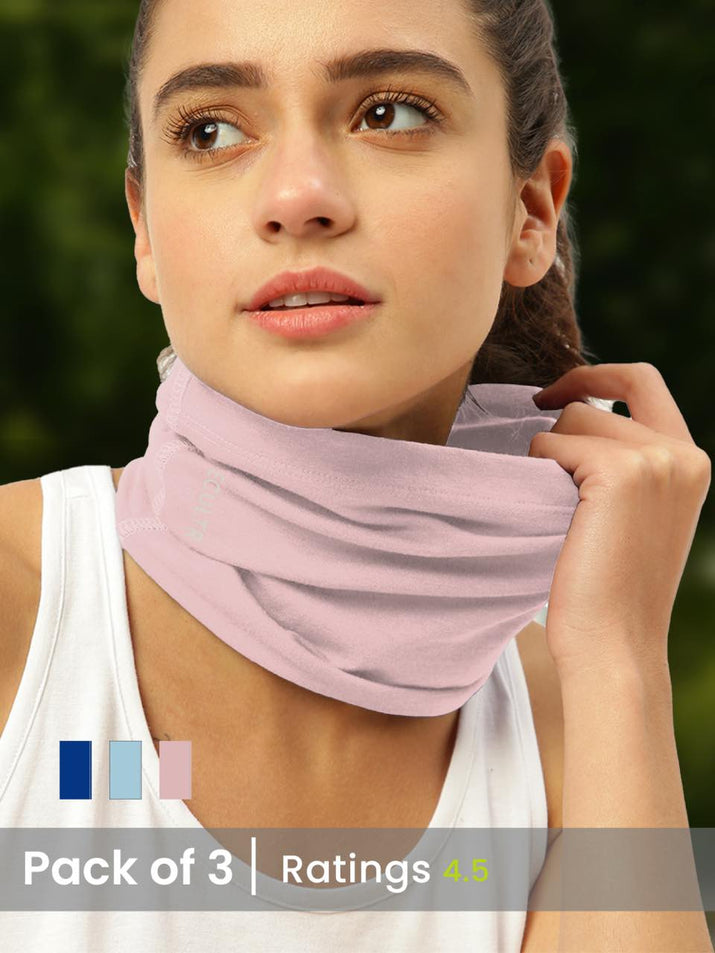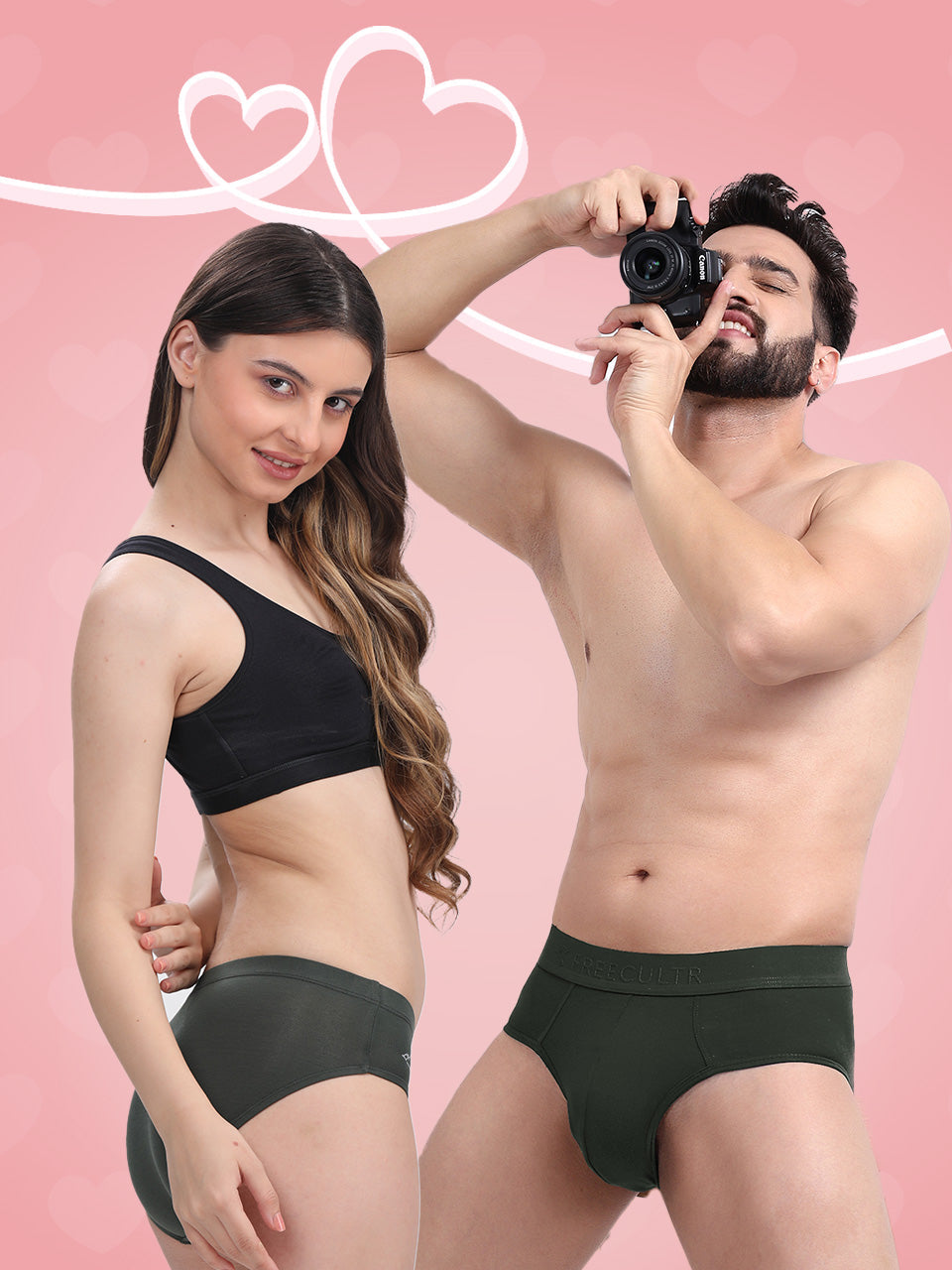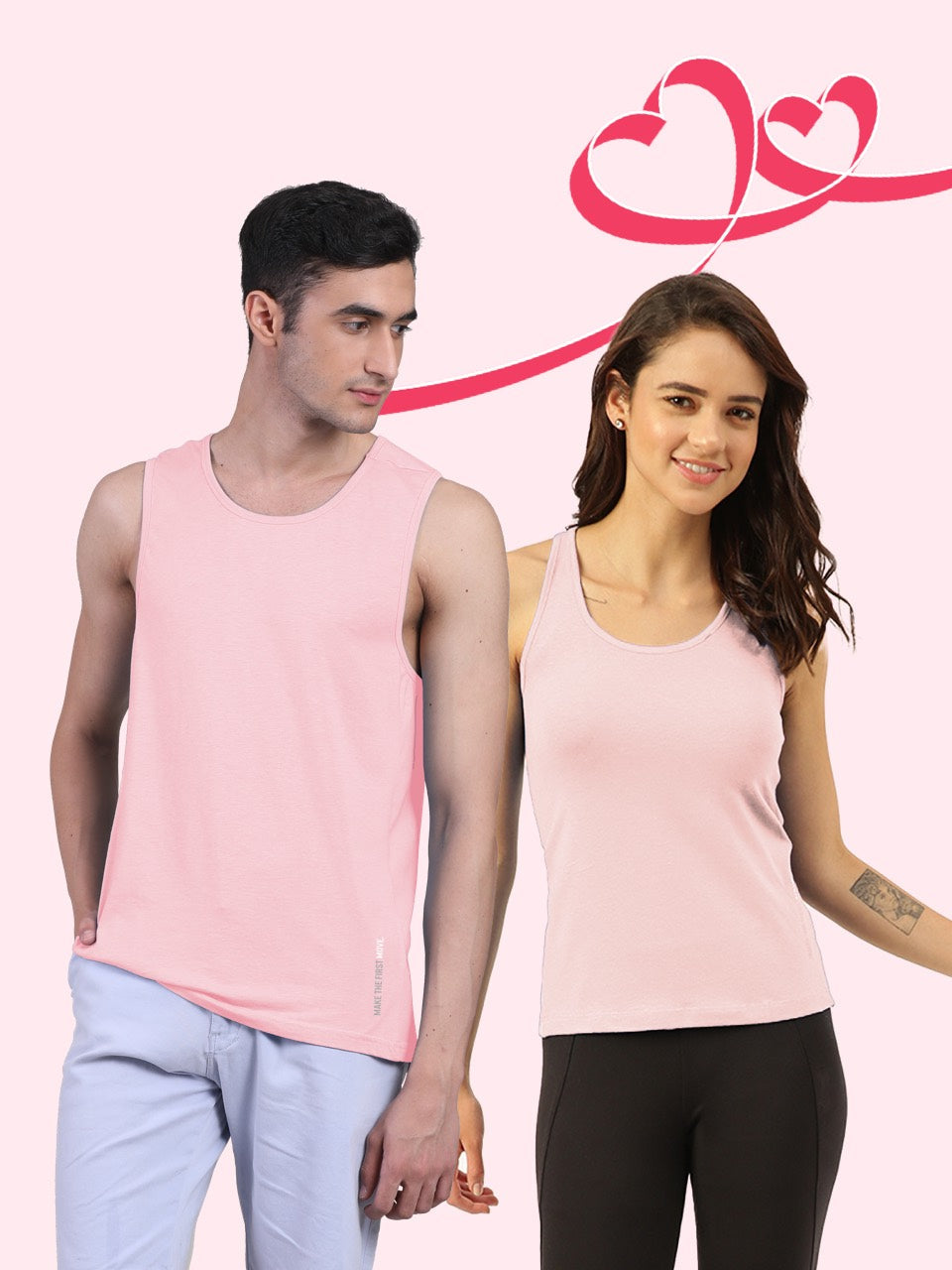More than just a simple square of fabric, the bandana stands as an enduring icon of utility and style, perpetually reinventing its role across diverse contexts. Historically serving as a protective dust mask for cowboys or a symbolic identifier for revolutionaries, this humble textile now integrates seamlessly into contemporary lifestyles. Its adaptability is evident in performance-driven iterations featuring moisture-wicking polyesters for athletes, its prominent display in celebrity-influenced streetwear ensembles. its practical resurgence as an impromptu face covering in dynamic urban settings. While traditional patterns like paisley remain popular, current trends also embrace sustainable dyes and innovative fiber blends, proving the bandana consistently delivers both functional comfort and an undeniable aesthetic versatility, solidifying its place in everyday life.

Understanding the Bandana: A Timeless Textile
A bandana, at its core, is a large, often square-shaped piece of cloth, typically made from cotton or a cotton blend. Its defining characteristics usually include a vibrant pattern, most commonly the classic paisley design, though solid colors, stripes. other motifs are also prevalent. The name "bandana" itself is believed to derive from the Hindi word "bandhnu," meaning "to tie," reflecting its primary utility as a versatile tying or wrapping accessory. This simple yet effective fabric square serves a multitude of purposes, ranging from practical utility to a prominent fashion statement, making the bandana a truly adaptable item in anyone's wardrobe or toolkit.The Rich Tapestry of Bandana History and Cultural Significance
The history of the bandana is as rich and varied as its patterns, stretching back centuries across different cultures. Early forms of patterned cloths used for head coverings or neckwear can be traced to ancient civilizations. But, the modern bandana, as we recognize it, began to gain prominence in the late 17th and 18th centuries, particularly with the advent of advanced dyeing techniques in India.- Early Origins The technique of "bandhani" or tie-dyeing, from which the word "bandana" is thought to originate, was widely practiced in India. These richly patterned cloths were highly sought after and exported globally.
- American Revolution In the United States, the first printed bandana is often attributed to Martha Washington, who commissioned a silk bandana featuring a portrait of George Washington, used as a political statement during the American Revolutionary War.
- Working Class Utility By the 19th century, the bandana became an indispensable item for American cowboys, railroad workers. farmers. Its practicality in protecting against dust, sun. sweat solidified its place as a working-class staple. The bandana was a simple, effective tool for these demanding professions.
- Symbol of Identity and Rebellion Throughout the 20th century, the bandana transcended its purely utilitarian role. It became a symbol of various subcultures and movements. From the counter-culture movements of the 1960s to gang affiliations. later as a vibrant accessory in hip-hop fashion, the bandana has been adopted and re-interpreted, showcasing its enduring adaptability as a form of non-verbal communication and identity marker.
The Multifaceted Utility of the Bandana: Beyond Mere Adornment
While often seen as a fashion accessory, the bandana's true genius lies in its remarkable versatility and practical applications. Its simple design belies a wide range of uses in everyday life, emergency situations. specialized activities.- Head and Hair Protection One of the most common uses for a bandana is as a head covering. It can protect the scalp from sun exposure, absorb sweat during physical activity, or keep hair out of the face. For construction workers, hikers, or even chefs, a bandana is an effective barrier against dust, debris, or errant strands.
- Neck and Face Covering In dusty environments or during cold weather, a bandana can serve as a makeshift mask or scarf, protecting the respiratory system and neck from harsh elements. During the COVID-19 pandemic, many people repurposed bandanas as temporary face coverings.
- Sweat Management Athletes, gardeners. anyone engaging in strenuous activity can attest to the effectiveness of a bandana in managing sweat. Worn around the forehead or neck, it helps keep sweat from dripping into the eyes or onto clothing, enhancing comfort and focus.
- First Aid and Emergency Tool In a pinch, a clean bandana can be an invaluable first-aid item. It can be folded into a makeshift bandage, used as a tourniquet (with proper knowledge), or even as a sling to support an injured limb. Its absorbency also makes it useful for cleaning minor wounds.
- Signal or Marker The vibrant colors of a bandana can be used for signaling in outdoor or emergency situations. Tying a brightly colored bandana to a backpack or a tree branch can help rescuers locate you or mark a trail.
- Cleaning and Utility Cloth From wiping down surfaces to cleaning glasses or serving as a pot holder in a camp setting, the durable cotton fabric of a bandana makes it a reliable utility cloth.
Styling Your Bandana: A Canvas for Personal Expression
The bandana's simple square shape offers an incredible array of styling possibilities, allowing individuals to infuse personality and flair into their outfits. From classic looks to modern trends, the ways to wear a bandana are limited only by imagination.- Headband Folded into a strip, a bandana can be tied around the forehead as a classic headband, keeping hair tidy and adding a pop of color. This is a popular choice for both casual wear and athletic activities.
- Neck Scarf/Neckerchief A timeless way to wear a bandana is around the neck. It can be folded into a triangle and tied loosely, or rolled into a narrow strip for a more refined look. This style adds a touch of retro charm or rugged appeal, depending on the outfit.
- Hair Tie/Accessory Beyond a headband, a bandana can be woven into braids, tied around a ponytail or bun, or even used to fully wrap and protect hair. This is particularly effective for adding texture and color to hairstyles.
- Wristband For a subtle accent, a rolled-up bandana can be tied around the wrist, serving as a casual accessory that can also be easily deployed for practical uses like wiping sweat.
- Bag Accessory Tying a bandana to the handle of a purse, backpack, or tote bag instantly elevates its look, adding a personalized touch and a splash of color.
- Belt or Belt Loop Accessory A folded bandana can be threaded through belt loops as a unique alternative to a traditional belt, or simply tied to a single belt loop as a decorative element.
- Pocket Square For a more formal or business-casual look, a neatly folded bandana can serve as a distinctive pocket square, offering an alternative to traditional silk or linen options.
Caring for Your Bandana: Ensuring Longevity and Freshness
Given its frequent use and exposure to elements, proper care is essential to maintain the cleanliness, color. integrity of your bandana. Most bandanas are made from cotton, which is relatively easy to care for. a few considerations can extend its lifespan.- Washing
- Initial Wash It's advisable to wash new bandanas before first use, especially brightly colored ones, to prevent dye bleeding onto other fabrics or skin. Wash separately for the first few cycles.
- Regular Washing Most cotton bandanas can be machine washed with like colors in cold or warm water. Using a gentle cycle can help preserve the fabric and pattern.
- Detergent Use a mild detergent. Avoid harsh chemicals or bleach, as these can fade colors and weaken fibers.
- Drying
- Air Dry The best method for drying a bandana is to air dry it by laying it flat or hanging it. This prevents shrinking and preserves the fabric's integrity.
- Machine Dry If machine drying, use a low heat setting to minimize shrinkage and wear. Remove promptly to avoid wrinkles.
- Ironing If desired, a bandana can be ironed on a medium-heat setting to remove wrinkles and achieve a crisp look. For patterned bandanas, ironing on the reverse side can help protect the print.
- Storage Store your clean, dry bandanas in a drawer or folded neatly to prevent creasing and maintain their shape. Keeping them away from direct sunlight will help prevent fading over time.
Selecting the Ideal Bandana: Key Considerations
Choosing the right bandana involves more than just picking a favorite pattern. Factors such as material, size. specific purpose play a crucial role in finding the perfect bandana to suit your needs and style.| Characteristic | Description and Considerations |
|---|---|
| Material |
|
| Size |
|
| Pattern & Color |
|
| Hem Finish |
|
Conclusion
The bandana, far from being a mere fabric square, truly stands out as an unsung hero of adaptable style and everyday comfort. It’s a powerful accessory that effortlessly transcends eras, from classic Americana to the latest streetwear trends, proving its timeless appeal. My personal tip is to always have one at hand; I recently transformed a simple tee and jeans into a chic ensemble for an unexpected video call by tying a bandana as a stylish headband, instantly adding polish. This small piece of cloth offers boundless possibilities: consider it a practical hair protector, a chic neck accent, or even a subtle statement of individuality that whispers confidence rather than screams it. Don't just admire its versatility; actively embrace it. Experiment with different folds and placements – perhaps as a wrist wrap or tied to your bag, much like how a versatile tank top offers endless layering. Let your bandana be the comfortable, vibrant touch that elevates your unique flair, inspiring you to explore new dimensions of personal expression daily.More Articles
Bandana – Versatile Accessory & Hair ProtectionTees – Durable Quality & Everyday Versatility
Women's Tank Top – Versatile Layering & Cool Comfort
Men's T-Shirt – Everyday Comfort & Effortless Style
Tees – Soft Fabric & Effortless Casual Style
FAQs
What exactly is a bandana?
A bandana is essentially a square piece of cloth, usually made of cotton or a similar lightweight fabric. It's known for its simple design and incredible versatility, serving as both a fashion accessory and a practical item for various uses.
How can I style a bandana? There seem to be so many options!
You're right, the possibilities are vast! You can wear it as a headband, neck scarf, wrist wrap, or even tie it on your bag for a pop of color. It can also be folded into a face covering, used as a hair tie, or even incorporated into your outfit as a belt. Get creative!
Are bandanas actually comfortable to wear all day long?
Absolutely! Most bandanas are made from soft, breathable fabrics like cotton, which makes them very comfortable against the skin. They're lightweight and don't feel restrictive, perfect for extended wear in various climates, keeping you cool and comfortable.
Besides looking good, what practical uses do bandanas have?
Beyond style, bandanas are super handy! They can absorb sweat during workouts, protect your neck from sun, keep hair out of your face, or even serve as a makeshift dust mask. Some people even use them as a quick bandage, a small carrying pouch, or a pot holder in a pinch.
What's the best way to keep my bandana clean?
Bandanas are generally very easy to care for. Most can be machine washed with similar colors in cold water and tumble dried on low. To avoid wrinkles, you might want to air dry them or iron on a low setting. Always check the specific care label if it has one. cotton bandanas are quite resilient.
Can anyone wear a bandana? Are they for specific genders or ages?
Definitely! Bandanas are truly unisex and ageless. They're worn by men, women. children of all ages. Their simple design and adaptability mean they can complement anyone's personal style, from rugged outdoorsy types to fashion-forward individuals, making them a universal accessory.
Do bandanas offer any sun protection?
Yes, they can! While not a substitute for dedicated UPF clothing or sunscreen, a bandana can provide a good barrier against direct sunlight, especially when worn around the neck, head, or face. It helps shield delicate skin from harmful UV rays, offering a basic layer of protection on sunny days.






